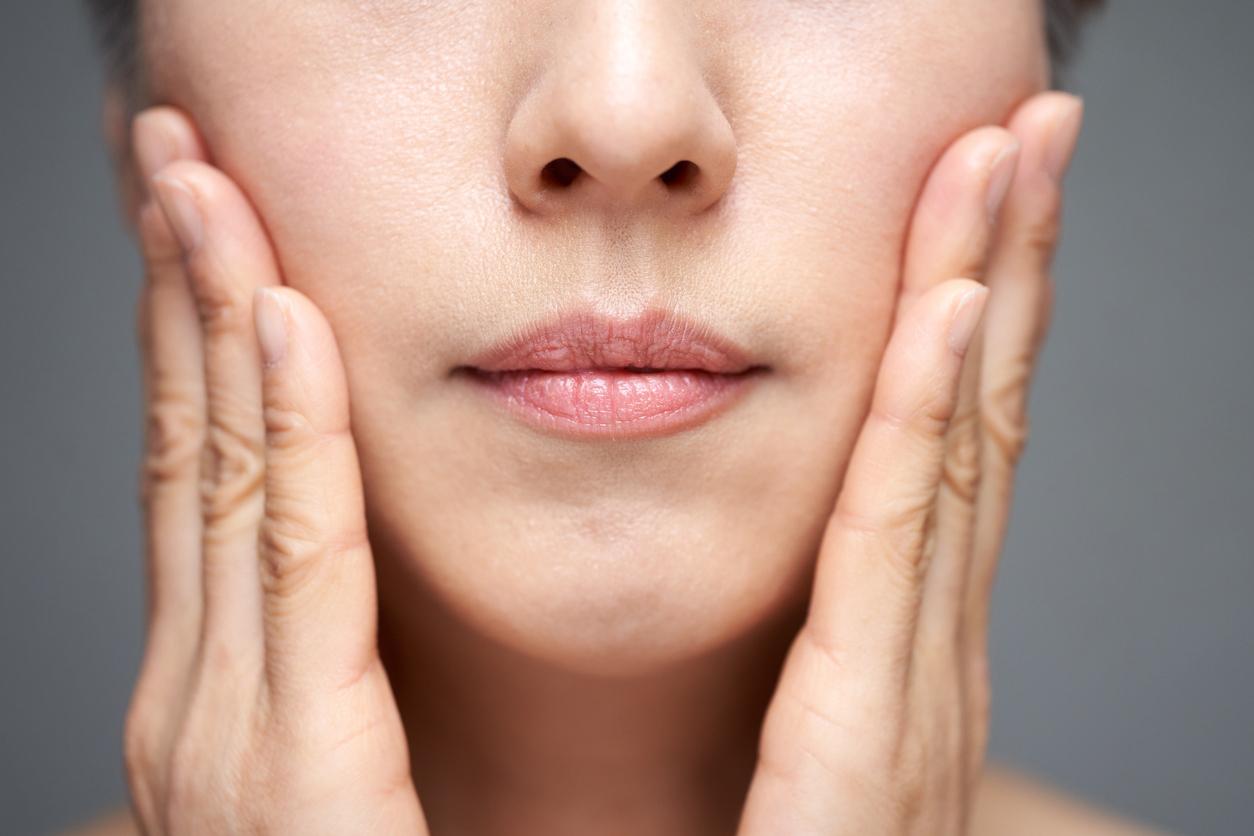Smile bar: how does it work?
Leaving the shop set up a stone’s throw from his office, Samuel seems delighted. “Satisfied with the result, the relatively ‘reasonable’ price (around 80 €) and sure to display a bright smile for at least three months,” he says. No doubt, it was worth devoting the half hour of his lunch break to it.
This framework soon to quadruple is also in its third laundering in a year. “I can’t say it’s very pleasant, but it’s fast and I go out looking better and in high spirits. A bit like those who go to the tanning booths“, he admits. Except that the dentists are worried, accusing some shops of illegal practice of dentistry and use of prohibited products …
So, simple chapel quarrel or real danger? The principle of this technique imported from the United States is quite simple. The client begins with a small toilet with a compress soaked in a “whitening activator”. Next, a silicone tray filled with a whitening gel is placed on the teeth, which, by law, must not contain more than 0.1% hydrogen peroxide, carbamide peroxide or sodium perborate. The whole is finally exposed under a cold light lamp for several minutes.
“This pulsed light emits a wavelength that slightly pushes the pores of the tooth apart and penetrates the gel into the enamel,” explains Nalek Rouichi, communications manager at Magic Smile, a network of franchised stores. The risks and side effects? “There is none,” she assures. “We can also carry out this laundering three or four times a year. nature of the teeth. Before starting a session, we simply check that the client is of legal age and that the women are not pregnant. “
>> To read also: “Kit teeth white: a beauty gesture without risks?”
Smile bar: products reserved for doctors?
The point of view of the national order of dental surgeons and its secretary general, Dr Moutarde, on these brands is quite different. “These shops are not allowed to use products with a hydrogen peroxide, carbamide peroxide or sodium perborate content greater than 0.1%, he emphasizes. potentially dangerous products, to be used with caution (indications, dosage, etc.) and which are reserved for doctors. However, either these establishments respect the law, and the result is much less spectacular than promised; or they allow to gain two to nine shades , as advertised, and the product is necessarily more dosed than what is allowed. ”
In addition, the dentists who, for their part, only use hydrogen peroxide for teeth whitening, accuse certain shops of knowingly deceiving their customers. “They play on words by showing that they are not using hydrogen peroxide, but sodium perborate, explains Dr. Mustard. But it is exactly the same thing, because the latter releases peroxide. hydrogen in contact with water, and therefore with saliva. “
This was confirmed by François Hébert, Deputy Director General of the French Agency for the Safety of Health Products (Afssaps) last August. “Statements ‘without peroxide’ or ‘without hydrogen peroxide’ for a cosmetic product based on sodium perborate are likely to be considered as deceptive marketing practices,” he comments. Worse, sodium perborate is a substance classified by the European regulation as “exhibiting a carcinogenic, mutagenic or toxic effect for reproduction”.
>> More info on teeth whitening in our file
Smile bar: shops closed for excessive dosages
To find out more, the national order of dental surgeons has repeatedly appealed to the General Directorate for Competition, Consumption and Fraud Control (DGCCRF). Bailiffs checked the content of these products in the shops of several departments, after complaints filed by the Order. They found that many “bars” used gels made in the United States or China, which did not meet European standards. Some so heavily dosed in sodium perborate (up to 35 times more than the authorized concentration) that shops have been closed, in Nevers for example.
Finally, this practice is not without risk. “Poorly controlled or too frequent use of a gel with a high hydrogen peroxide concentration can lead to irreversible lesions: dental hypersensitivity (appearance of accentuated pain, in particular, by cold), deterioration of the enamel with premature wear and even weakening of the tooth, irritation of the mucous membranes … These products can also degrade the junction between the teeth and the filling materials (amalgams, composites), thus promoting the infiltration of germs and recurrence of caries “, warns Dr Alain Moutarde.
>> To read also: “Beautiful teeth, our natural solutions”
Smile bar: a clinical examination is recommended
“Our intention is not to ban this commercial activity, but to inform and protect our patients,” he continues. “The examination of the teeth and the oral mucosa by a dental surgeon is essential before any dental lightening. He alone is capable of detecting possible contraindications and, if necessary, of offering the patient the most appropriate technique, knowing the limits and the consequences. ” Last August, after a new observation by bailiffs, the DGCCRF was again seized … Without effect until now.
In the meantime, pro and anti-smile bars finally come together on one point: the results! Where a regulatory freeze is used, no miracle to be expected: the bleaching, light and superficial, will disappear in two to three months. Those who want a more important and lasting whitening (three to five years) will have to consult their dentist. He alone is authorized to use more efficient products. After a thorough clinical examination and with due regard for the patient’s oral health. But in this case, the price will not be the same: it takes between 300 and 500 €!
Thanks to Dr Alain Moutarde, dental surgeon and secretary general of the national order of dental surgeons.


















